Negotiating Costs for Baby Plates & Cutlery with Chinese Suppliers: How Can You Get the Best Deal?
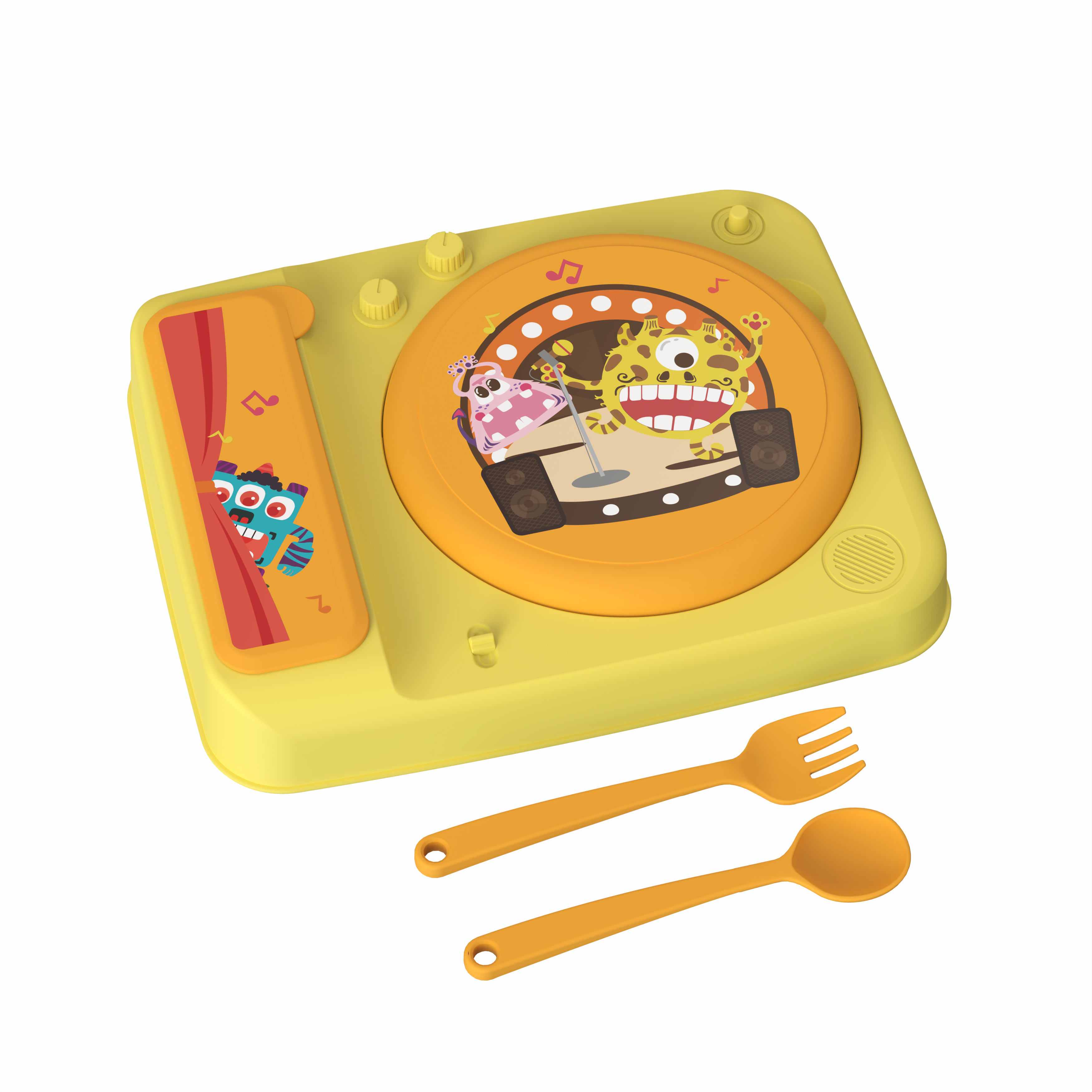
Feeling unsure about negotiating with Chinese suppliers? I remember when I started dearya, getting fair prices for our custom children's tableware felt like a battle. You want good value, but it's hard to know if you're overpaying.
To get the best deal when negotiating costs for baby plates and cutlery with Chinese suppliers, thoroughly understand all cost components. Leverage order volume and customization impacts wisely. Negotiate during opportune times and use payment terms that mitigate risk for both parties.
This approach helps you build strong, fair partnerships and secure competitive pricing. Let's break down how you can achieve this.
What cost components should buyers understand before negotiating?
Ever feel like you're negotiating in the dark? Not knowing what makes up your supplier's price for baby plates and cutlery can put you at a real disadvantage. I've learned this firsthand over years in manufacturing.
Buyers should understand that the supplier's price includes raw materials, labor, factory overhead, profit margin, and sometimes packaging and logistics. Knowing these components allows for more informed and effective negotiations, focusing on areas where savings might be genuinely possible.
Before you even start discussing numbers with a potential Chinese supplier for your baby plates and cutlery, it's vital to have a clear picture of what actually goes into their pricing. This isn't about trying to squeeze every last penny, but about understanding fair value and identifying areas where there might be legitimate room for discussion. At dearya, we believe in transparency with our B2B clients because it builds trust. When clients like Jeff Weaver, who value professional and concise responses, understand our cost structure, negotiations become more productive.
Breaking Down the Price Tag
Several key elements contribute to the final price your supplier quotes. Let's look at them:
1. Raw Material Costs
This is often the most significant portion of the product cost. For baby plates and cutlery, common materials include:
- Plastics (PP, Tritan): The price of plastic resins can fluctuate based on global oil prices and supply/demand. Different grades (e.g., standard PP vs. FDA-grade Tritan) will have different costs.
- Stainless Steel: The grade of stainless steel (e.g., 304, 316) and its current market price will heavily influence cost.
- Silicone: Food-grade silicone prices can also vary.
- Colorants and Additives: Any colors, UV inhibitors, or other additives also add to the material cost. These must also be food-grade for baby products.
Understanding the current market rates for these materials can give you a baseline. If a supplier's price seems unusually high or low, the material cost might be a factor to discuss.
2. Labor Costs
This includes the wages for factory workers involved in:
- Operating machinery (e.g., injection molding machines)
- Assembly (if applicable)
- Finishing processes (e.g., polishing stainless steel, trimming plastic)
- Quality control inspections
- Packaging
Labor costs in China have been rising, but they still vary by region. Skilled labor for more complex tasks will cost more.
3. Factory Overhead
These are the indirect costs of running the factory:
- Rent or depreciation of the factory building
- Utilities (electricity, water)
- Machinery maintenance and depreciation
- Management and administrative staff salaries
- Compliance costs (e.g., maintaining ISO, FDA, BSCI certifications, like our factory does)
- Tooling and mold amortization (if not billed separately)
These costs are usually spread across all products manufactured.
4. Profit Margin
Every business needs to make a profit to survive and grow. The supplier's profit margin will be built into the price. This can vary depending on the factory's efficiency, the complexity of the product, and the order volume. For B2B wholesale businesses like ours, margins are typically different from retail margins.
5. Packaging Costs
The type of packaging you require will affect the price:
- Simple bulk packaging vs. individual retail-ready boxes
- Custom printing on packaging
- Inner cartons, master cartons
- Labels and instruction sheets
6. Logistics and Shipping (if included in price)
Sometimes the quoted price is Ex-Works (EXW), meaning you handle all shipping from the factory gate. Other times it might be FOB (Free on Board), where the supplier covers costs until the goods are on the ship at a named port. If FOB, these local logistics costs are included.
7. Other Potential Costs
- Molding/Tooling Costs: For custom designs, the cost of creating new molds is significant. This might be a separate one-time charge or amortized into the unit price over an agreed volume. (Our factory has over 100 existing molds, which can sometimes save this cost for clients).
- Testing and Certification Costs: If you require specific batch testing or certifications beyond what the supplier routinely provides, this could be an added cost.
- Import Duties/Taxes (for supplier's imported components): If the supplier needs to import specific components for your product.
Here's a simplified breakdown:
| Cost Component | Description | Negotiation Potential |
| Raw Materials | Cost of plastics, stainless steel, silicone, colorants. | Moderate: Discuss material grades, market prices. Bulk purchasing by supplier might offer some leverage. |
| Labor | Wages for production, assembly, QC, packaging. | Low to Moderate: Depends on process efficiency. Automation can reduce this. |
| Factory Overhead | Rent, utilities, machinery, admin, compliance. | Low: Generally fixed for the supplier, but higher efficiency can lower per-unit overhead. |
| Profit Margin | Supplier's profit. | Moderate: Depends on relationship, order volume, and perceived value. |
| Packaging | Materials and labor for packaging. | High: Simplification or standardization of packaging can lead to significant savings. |
| Logistics (if FOB) | Local transport, port handling. | Moderate: Can be optimized, but often subject to standard local rates. |
| Mold/Tooling (if custom) | Cost to create new molds for unique designs. | High: Discuss mold ownership, amortization options, or using supplier's existing molds if suitable. |
By understanding these components, you can ask more targeted questions and identify where flexibility might exist, leading to a more productive negotiation that focuses on mutual benefit rather than just price reduction.
How do order quantity and customization affect pricing?
You're deciding between a standard design or your own unique baby cutlery. And how many should you order? These choices heavily impact the price, but how exactly? I guide my clients through these decisions regularly.
Larger order quantities generally lead to lower per-unit prices due to economies of scale. Higher customization, especially requiring new molds or complex processes, significantly increases costs, particularly for smaller orders, as development expenses are spread over fewer units.
The interplay between how many units you order (order quantity) and how unique your product design is (customization) is a fundamental driver of pricing in manufacturing. For B2B businesses like dearya, which specializes in producing custom children's tableware according to client drawings or samples, these factors are central to every quotation we provide. Understanding this relationship is key for buyers like Jeff Weaver, who value efficient project management and clear costings.
The Impact of Order Quantity: Economies of Scale
"Economies of scale" means that as you produce more of something, the average cost to produce each unit goes down. Here’s why:
- Amortization of Fixed Costs:
- Setup Costs: Every production run, regardless of size, involves setup time for machinery, molds, and production lines. For a small order, this fixed setup cost is divided among fewer units, making each unit more expensive. For a large order, the same setup cost is spread over many more units, reducing the per-unit impact.
- Mold Costs: If you're paying for a new mold, this large one-time expense is either paid upfront or amortized into the unit price. The more units produced from that mold, the lower the per-unit mold cost.
- Raw Material Discounts: Suppliers can often purchase raw materials in larger volumes at discounted prices. These savings can be passed on to you for larger orders.
- Production Efficiency: Continuous, long production runs are generally more efficient than multiple short runs. There's less downtime for changeovers, and workers can achieve a better rhythm.
- Administrative Efficiency: Processing one large order can be administratively simpler for the supplier than handling many small orders.
So, a significantly larger order quantity can often justify asking for a better per-unit price.
The Impact of Customization: Adding Value and Cost
Customization allows you to create unique products tailored to your brand and market. However, it typically comes with higher costs, especially for initial orders.
- New Mold and Tooling Development: This is often the biggest cost driver for custom designs. Creating a high-quality injection mold for plastic items or tooling for stainless steel products can cost thousands, or even tens of thousands, of dollars depending on complexity and size. Our factory has over 100 sets of existing molds, which can be a cost-saving option if a client's needs align with our available designs.
- Design and Engineering Time: Developing a custom product involves design work, prototyping, and engineering to ensure it's manufacturable and meets safety standards. This adds to upfront costs.
- Special Materials or Components: If your custom design requires unique materials, colors, or components that the factory doesn't normally stock, they may need to source these specially, potentially at higher costs and with minimum order requirements from their own suppliers.
- Complex Manufacturing Processes: Some custom features might require additional manufacturing steps, special machinery, or more skilled labor (e.g., intricate multi-color printing, complex assembly, special surface finishes).
- Smaller Initial Runs: Often, initial orders for highly custom products are smaller as brands test the market. This means the high development costs are spread over fewer units, leading to a higher per-unit cost initially.
Balancing Quantity, Customization, and Price
Here's how these factors interact:
| Scenario | Order Quantity | Customization Level | Likely Per-Unit Price Impact | Reason |
| Standard Design (Supplier's Existing Product) | Low | Low | Moderate | Supplier uses existing molds, established processes. MOQ might be higher than for truly custom small runs. |
| Standard Design (Supplier's Existing Product) | High | Low | Lower | Economies of scale in materials and production. |
| Minor Customization (e.g., new color, logo) | Low | Moderate | Moderate to High | Color matching costs, printing setup fees spread over few units. |
| Minor Customization (e.g., new color, logo) | High | Moderate | Lower to Moderate | Setup costs for color/logo are better amortized. |
| Major Customization (New Design, New Mold) | Low | High | Very High | High mold/development costs spread over very few units. Often not viable. |
| Major Customization (New Design, New Mold) | High | High | Moderate to High | Mold/development costs are better amortized, economies of scale kick in for production. |
When negotiating, be clear about your expected order volumes, both initially and for repeat orders. If you plan for high volumes over time, even if the first order is smaller, this might give you some leverage. For custom designs, discuss mold ownership and whether the cost can be amortized or if there are ways to simplify the design to reduce manufacturing complexity without sacrificing its core appeal.
When is the best time of year to get better price terms?
Timing your negotiations can be surprisingly effective. Is there a "magic window" for getting better prices on baby cutlery from Chinese suppliers? As someone managing production schedules in China, I can tell you timing does matter.
The best times to potentially get better price terms are typically during the factory's quieter periods: a few months before Chinese New Year (around October-November) when they want to fill capacity, or during the post-CNY lull (March-April) before new season orders ramp up.
While good suppliers aim for consistent and fair pricing throughout the year, the reality of manufacturing cycles and seasonal demands in China means there can be more opportune moments to negotiate. Understanding these cycles can give you a slight edge. This doesn't mean prices will dramatically drop, but suppliers might be more flexible or willing to offer better terms to secure orders during certain periods.
Understanding Chinese Factory Cycles
Chinese factories often experience distinct busy and slow periods influenced by major holidays and global ordering patterns.
- Pre-Chinese New Year (CNY) Rush (Typically December - January): This is usually the busiest time. Factories are rushing to complete orders before the long CNY holiday (which can last 2-4 weeks, usually in late Jan or Feb). During this peak, they have little incentive to offer discounts as they are already at full capacity. Lead times will also be longest.
- Chinese New Year Holiday (Late Jan - Feb): Factories are closed. No production, no negotiations.
- Post-CNY Lull (March - April): After CNY, factories gradually resume operations. There can be a quieter period as workers return and new orders for the next season are still being finalized. During this time, some factories might be more eager to secure new orders to ramp up production and ensure a steady workflow. This can be a good window for negotiation.
- Mid-Year Production (May - September): Production is often steady as factories work on orders for the fall and holiday seasons in Western markets. Flexibility might be moderate.
- Pre-CNY Planning & Early Orders (October - November): This can be another strategic time. Factories are planning their production schedules leading up to the CNY rush. If they have gaps in their capacity, they might be more willing to offer slightly better terms to fill those slots and ensure their lines are busy before the holiday. They also want to secure orders to have a good start when they return after CNY.
Why These Times Offer Potential Advantages:
- Securing Off-Peak Production: During slower periods (March-April, sometimes Oct-Nov), factories are keen to keep their machines running and workers employed. An order, even with slightly tighter margins for them, might be preferable to idle capacity.
- Supplier's Cash Flow: Before major holidays like CNY, suppliers might be looking to improve their cash flow to pay year-end bonuses or settle accounts. This could make them slightly more amenable to terms that ensure quick order confirmation and payment.
- Relationship Building: Negotiating during a less hectic period allows for more focused discussion and can be a good time to build rapport with a new supplier or strengthen ties with an existing one.
What "Better Terms" Might Mean:
It's not always just about a lower unit price. Better terms could also include:
- Slightly lower MOQ for an initial order.
- Better payment terms (e.g., a slightly smaller deposit).
- Inclusion of minor customizations at no extra cost.
- Faster-than-usual lead time if they have immediate capacity.
Things to Consider:
- Don't Wait Too Long: If targeting the pre-CNY window, don't leave it until the last minute (December). Start discussions in October or early November.
- Supplier's Specific Situation: Not all factories experience the same peaks and troughs. A factory with a very diverse international client base or one specializing in non-seasonal products might have a more even production load.
- Quality Over Price: Never sacrifice quality for a slightly better price, especially for baby products. Your primary focus should always be on finding a reliable supplier who meets your quality and compliance standards, like the ISO, FDA, and BSCI compliance our factory (dearya) maintains.
- Long-Term Perspective: If you're aiming for a long-term relationship, consistently pushing for the lowest possible price every time might not be the best strategy. Fair pricing that allows the supplier to thrive is also important.
Here's a quick seasonal guide:
| Time of Year | Factory Status | Negotiation Potential | Notes |
| Jan (Pre-CNY Peak) | Very Busy, Rushing Orders | Low | Long lead times, less flexibility. |
| Feb (CNY Holiday) | Closed | None | Plan around this major holiday. |
| Mar-Apr (Post-CNY) | Ramping Up, Potentially Slower | Moderate to Good | Good time to place new orders, potentially more flexibility. |
| May-Sep (Mid-Year) | Steady Production | Moderate | Standard business operations. |
| Oct-Nov (Pre-CNY Prep) | Planning for Peak, Filling Capacity | Moderate to Good | Suppliers might be keen to secure orders before the main rush. |
| Dec (Pre-CNY Rush) | Very Busy | Low | Focus is on getting existing orders out. |
While timing isn't a guaranteed win, understanding these general patterns can help you approach negotiations more strategically.
What payment terms can help reduce overall sourcing risks?
Worried about paying a supplier in China and then facing problems? Choosing the right payment terms is crucial for protecting your investment in baby plates and cutlery. I always advise clients on this.
Payment terms that balance risk include using a 30% deposit (T/T) to start production and 70% balance upon inspection before shipment. Letters of Credit (L/C) offer more security for larger orders but are complex. Using escrow services can also mitigate risk.
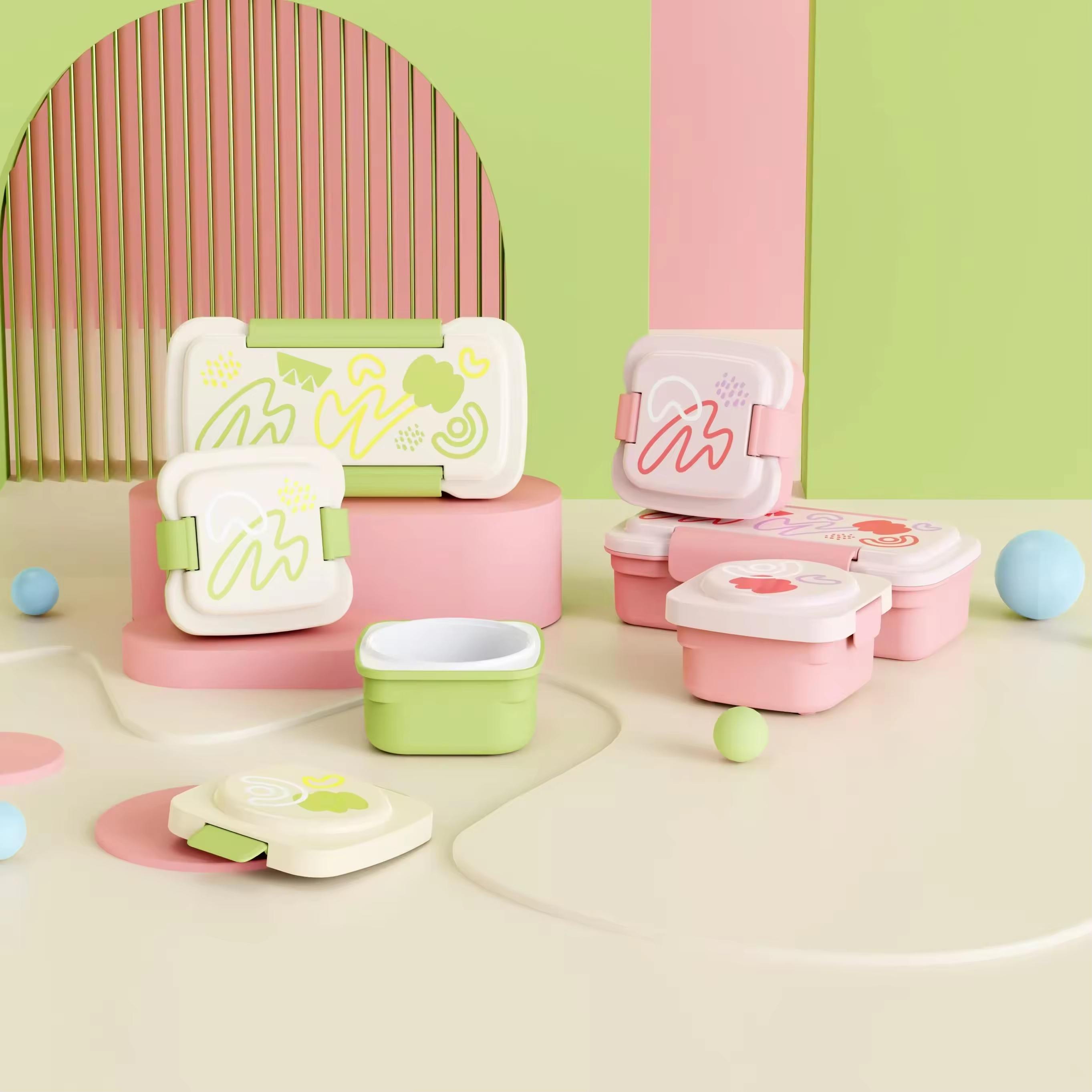
Choosing the right payment terms is a critical part of negotiating with Chinese suppliers. It's about balancing your need to minimize risk with the supplier's need for cash flow and security. For baby products like plates and cutlery, where quality and compliance are paramount, you want to ensure you have leverage until you're satisfied the goods meet your standards. As a B2B supplier, dearya understands the need for trust, and we work with clients to establish fair terms. Some established clients, like those fitting Jeff Weaver's profile who might seek credit terms, could negotiate different structures after a period of successful collaboration.
Common Payment Terms and Their Risk Profiles:
- 100% Upfront Payment (T/T - Telegraphic Transfer):
- Risk: Highest risk for the buyer. You have no leverage if something goes wrong with production, quality, or shipment.
- Supplier View: Most favorable for the supplier.
- When Used: Rarely advisable for new relationships or significant orders. Might be acceptable for very small sample orders.
- Partial Deposit, Balance Before Shipment (e.g., 30% T/T Deposit, 70% T/T Balance):
- Risk: This is a common and relatively balanced approach.
- 30% Deposit: Shows the supplier you are a serious buyer and covers their initial costs for raw materials. Your risk is limited to this deposit if major issues arise before production.
- 70% Balance: Paid after you (or your inspection agent) have verified the goods are produced to your specifications and are ready for shipment, but before they are loaded onto the vessel. This gives you leverage to ensure quality.
- Supplier View: Provides working capital upfront and ensures full payment before releasing goods.
- Recommendation: This is often the standard for many orders. Crucially, tie the balance payment to a successful pre-shipment inspection report.
- Partial Deposit, Balance After Shipment (e.g., 30% T/T Deposit, 70% T/T Upon Receipt of Bill of Lading Copy):
- Risk: Slightly higher risk for the buyer than paying after inspection but before loading, as the goods are already on their way. However, you still have some control as you typically need the original Bill of Lading (B/L) released by the supplier to claim the goods.
- Supplier View: Carries a small risk for the supplier if the buyer refuses to pay after shipment.
- Recommendation: More common with established relationships.
- Letter of Credit (L/C):
- Risk: Considered one of the most secure methods for both buyer and seller, especially for larger transactions. The L/C is a commitment by a bank on behalf of the buyer to pay the seller a specified sum in a specified currency, provided the seller meets precisely defined conditions (e.g., presenting correct shipping documents, proof of quality).
- Supplier View: Secure, as payment is guaranteed by a bank if they comply with terms.
- Buyer View: Secure, as the bank will only release funds if the supplier meets all L/C conditions.
- Downsides: Can be complex, time-consuming to set up, and involve bank fees. Typically used for orders over 20,000 - 50,000. Not practical for smaller orders.
- Escrow Services (e.g., Alibaba Trade Assurance):
- Risk: The buyer pays into a third-party escrow account. The funds are released to the supplier only after the buyer confirms satisfactory receipt of the goods or agreed-upon conditions are met.
- Supplier View: Generally acceptable, as it provides assurance of payment.
- Buyer View: Offers good protection, as funds are held by a neutral party.
- Recommendation: A good option, especially when using online platforms that offer this service. It simplifies dispute resolution.
- Open Account / Credit Terms (e.g., Net 30, Net 60):
- Risk: Highest risk for the supplier. The buyer receives the goods and pays at a later date.
- Supplier View: Only offered to long-term, trusted buyers with a strong payment history.
- Buyer View: Most favorable for cash flow. Jeff Weaver's preference for credit payment terms would fall here, achievable after building a solid track record.
Payment Term Risk Summary:
| Payment Term | Buyer Risk | Supplier Risk | Complexity | Typical Use Case |
| 100% T/T Upfront | Very High | Very Low | Low | Samples, very small orders, or with highly trusted long-term suppliers. |
| 30% Deposit, 70% Balance (Pre-Shipment Insp.) | Medium | Low-Medium | Medium | Most common for new and ongoing relationships. Recommended. |
| 30% Deposit, 70% Balance (Post-Shipment) | Medium-High | Medium | Medium | Established relationships. |
| Letter of Credit (L/C) | Low | Low | High | Larger orders ($20k+); when maximum security is needed. |
| Escrow Service | Low-Medium | Low-Medium | Medium | Online platform transactions; new supplier relationships. |
| Open Account (e.g., Net 30) | Very Low | Very High | Low | Long-term, high-trust relationships; large volume buyers. |
Key Negotiating Points for Payment Terms:
- Link Payments to Milestones: Especially the final balance payment. Make it contingent on a successful pre-shipment inspection by your team or a third-party service. This addresses quality control concerns, a key pain point for buyers like Jeff.
- Clarity in Purchase Order: Clearly specify the payment terms, amounts, and conditions in your purchase order or contract.
- Bank Charges: Specify who bears the bank charges for T/T transfers or L/C fees. Often, these are shared or each party bears their own bank's charges.
Choosing the right payment terms is a crucial step in mitigating risks associated with international sourcing. For new relationships, a balanced approach like a 30% deposit and 70% balance tied to successful inspection is often the best starting point.
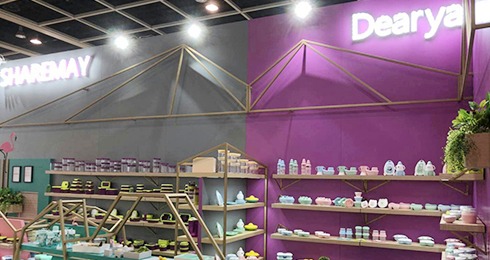 Managing Your Baby Feeding Tableware Supply Chain from China: How to Ensure Smooth Operations?
Managing Your Baby Feeding Tableware Supply Chain from China: How to Ensure Smooth Operations?
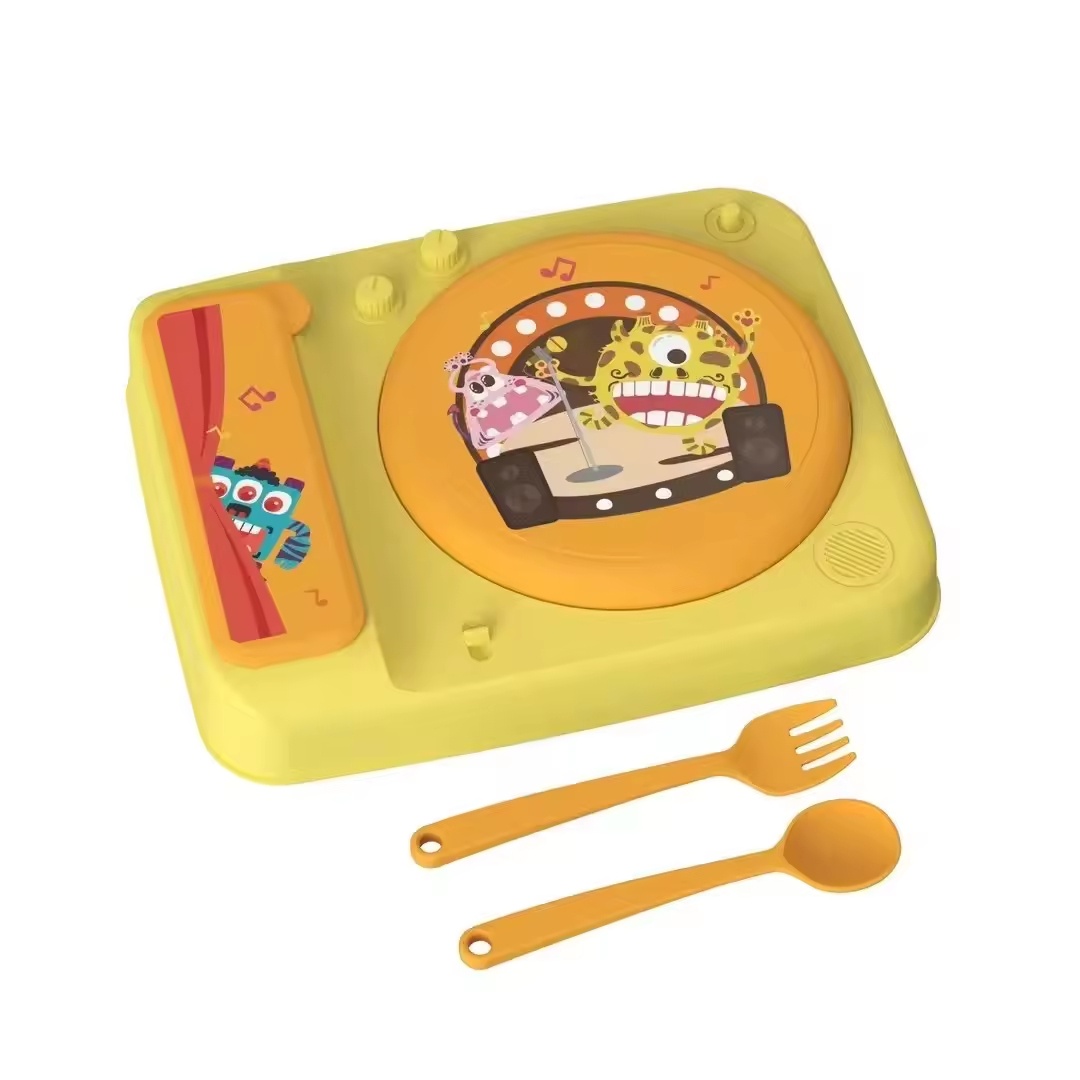 Negotiating Costs for Baby Plates & Cutlery with Chinese Suppliers: How Can You Get the Best Deal?
Negotiating Costs for Baby Plates & Cutlery with Chinese Suppliers: How Can You Get the Best Deal?
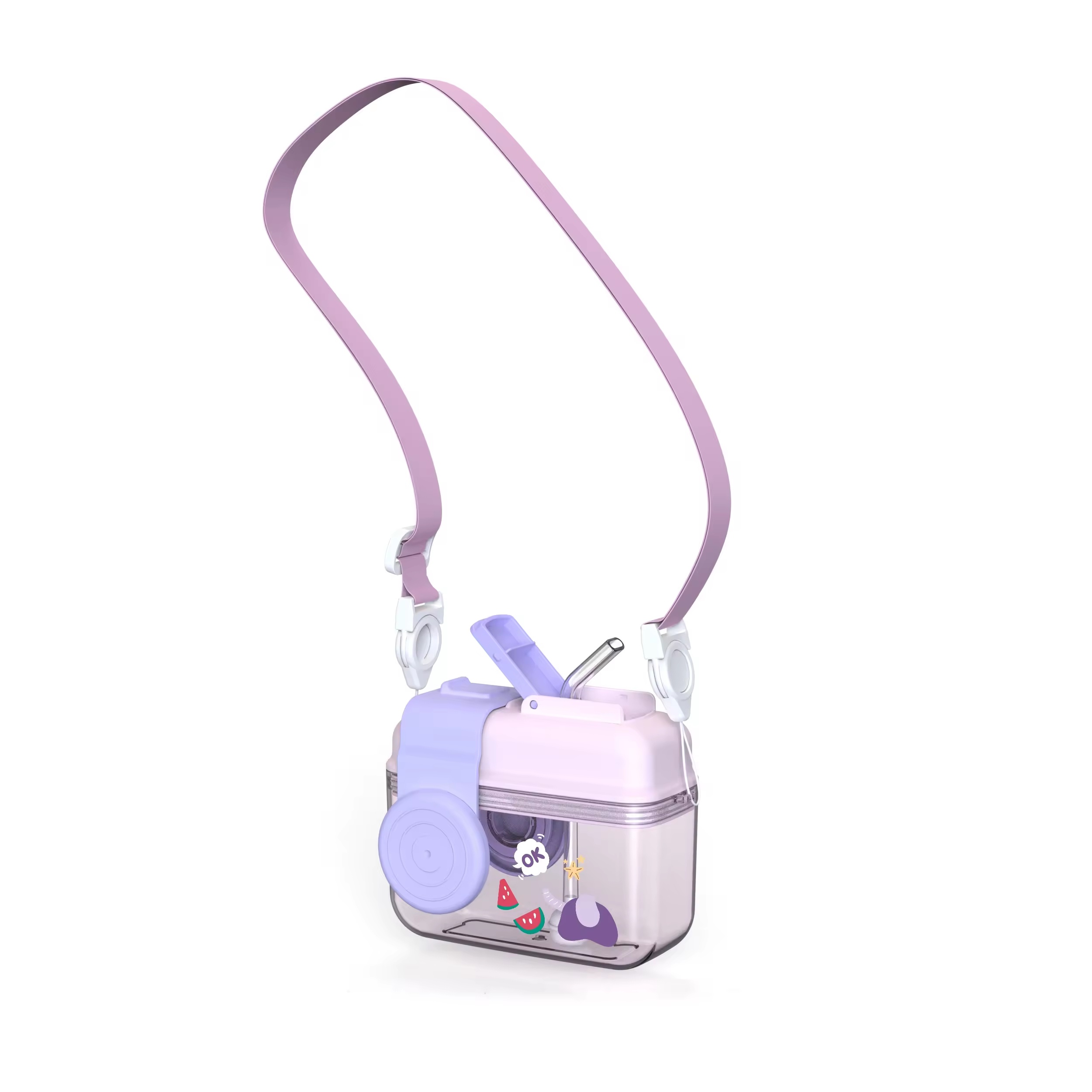 Importing FDA-Grade PP & Tritan Kids Cups from China?
Importing FDA-Grade PP & Tritan Kids Cups from China?
 What Design Features Make an IP-Themed Bowl Safe for Infants?
What Design Features Make an IP-Themed Bowl Safe for Infants?
